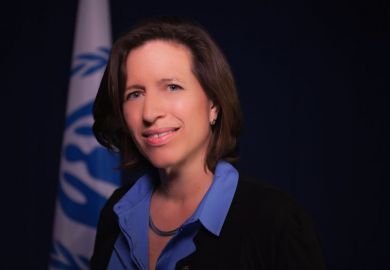The most interesting initiative in Australia’s “steady as she goes” National Strategy for International Education, which was launched earlier this year, is the government’s aspiration to engage more deeply with alumni.
There are more than 2.5 million international graduates who have studied in Australia, and hundreds of thousands more who have graduated from Australian programmes delivered abroad. While Australian alumni groups have existed in many countries for a long time, the growing importance of transnational online social networks is spurring education providers, and now governments, to significantly ramp up their efforts to engage with these communities.
This alumni strategy is becoming integrated with existing government efforts to engage with and harness the million or more Australian citizens living abroad. The main government-supported diaspora organisation, Advance, was formed in 2002 in New York City to connect Australian expatriates in the US before becoming a global organisation, and has recently expanded its remit to also include “alumni of Australian universities and ‘friends of Australia’”.
Similarly, in recent years we have also seen considerable interest in the role of migrant communities in shaping Australia’s economic, educational and cultural engagement with the rest of the world.
The Australian Council of Learned Academies has been leading this thinking, with two excellent reports focusing on those of Asian background in Australia (Smart Engagement with Asia: Leveraging Language, Research and Culture, and Australia’s Diaspora Advantage: Realising the Potential for Building Transnational Networks with Asia).
There is a growing awareness of the ways in which international education in Australia is both shaped by and actively creates highly networked and enduring transnational communities. Many of our local students are of migrant backgrounds (a third of Melbourne’s population was born overseas, for example), and many of the new international students who come to Australia have family and friends who have lived or studied in Australia.
These students are immersed before, during and after their studies in social networks that extend across borders. Right now, education providers and the government are scrambling to enmesh themselves into those networks, and this is perhaps the most exciting area of innovation in Australian international education today.
Christopher Ziguras is president of the International Education Association of Australia. He spoke at the EAIE conference on Thursday 15 September.
Write for our blog platform
If you are interested in blogging for us, please email chris.parr@tesglobal.com
POSTSCRIPT:
Print headline: Stay in touch: Australia’s universities look to build stronger ties with overseas graduates
Register to continue
Why register?
- Registration is free and only takes a moment
- Once registered, you can read 3 articles a month
- Sign up for our newsletter
Subscribe
Or subscribe for unlimited access to:
- Unlimited access to news, views, insights & reviews
- Digital editions
- Digital access to THE’s university and college rankings analysis
Already registered or a current subscriber?




